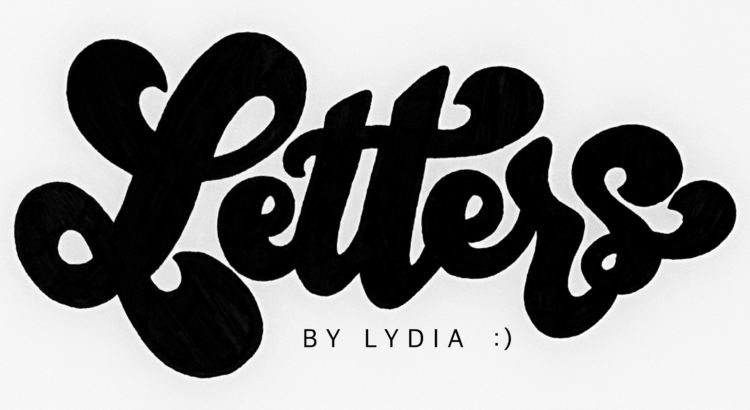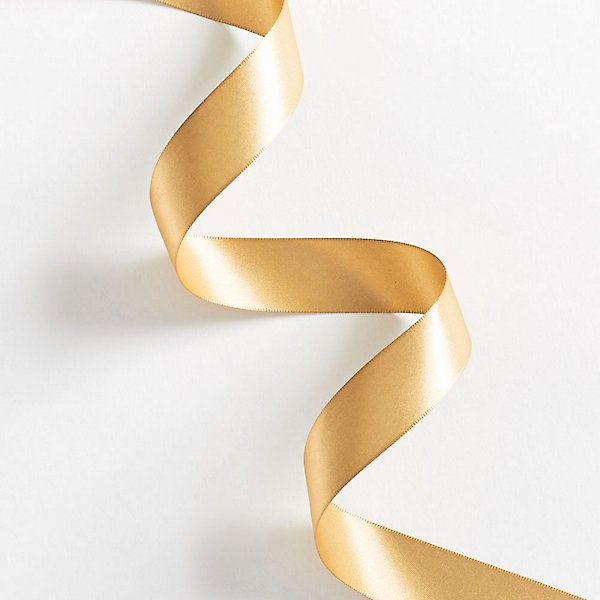Happy end of semester, everyone! Congrats to all for making it through the year, and I hope you’re all settling into the summer. This is my last post of the school year, so I thought I’d leave you all with some ways to stay involved in handlettering and art over the summer.
First off, here are some of my favorite lettering accounts on Instagram, if you’re looking for more inspiration, resources, tips, etc.
If you’re looking for something colorful, bold, digital, and maybe politically progressive, I’d recommend @inkusdingus or @glitterandbold. For satisfying process videos and lots of juicy pens, I’d turn to @lettersandlattesllc (who also happens to be a fellow Michigander!), or @the_letter_salon. For bullet journaling inspiration, definitely check out @thegraytergood, and for pen and stationery recs, look no further than @amandarachlee. As for other favorites of mine, @snooze.one is a more experimental, graffiti-inspired typographer, and @keeplivingfaster is definitely the page to visit if you want watercolor lettering and lots of glitter. Finally, if you want a page to get some general inspo and find lots of artists, my favorite account is @goodtype. Enjoying your scrolling!
Now, if you want some website recommendations for some stationery shopping, here my go-to’s for that.
JetPens is a classic for keeping up with new pens as well as finding the classics, plus it has lots of variety and is reasonably priced. Stationery Pal is really fun for specialty or limited edition items, cheap stationery (like, super cheap), and colorful and fun pens, trinkets, etc. Shipping takes a bit, but in my opinion the price makes it worth it. Tokyo Pen Shop is a new one I’ve been perusing, so I can’t speak to how it is to order from them, but they have a lot of fun and unique items. For more stationery rather than pen-centered products, Present and Correct is a really fun one to check out for a very vintage, specialized feel. And, of course, Amazon is always a fast and cheap option. If you want to do some in-person shopping, Michael’s, Blick Art Materials, and even stores like Barnes and Nobles are all good options. For Ann Arbor stores, I’d check out Rock Paper Scissors, Papersource, and Found. There are tons of independent stationery stores everywhere, though, so if you’re traveling somewhere, it’s never a bad idea to look up stationery stores in that area (I’ve found some really good ones that way!). Happy shopping!
I hope that information is helpful and gives you a lot to look into over the summer if you’re interested! Either way, I hope you all have a relaxing few months and do some art if you can or want to 🙂









 When it comes to actually using this technique, the first thing you need to do is make sure you’re holding the highlighter the right way. Instead of holding it like you would to highlight a something, where it draws a thick line horizontally, you want it to be the opposite way; once you’ve rotated your pen so you’re holding it correctly, it will draw a thin horizontal line and a thick vertical line. Then you can start writing! You want to keep your pen oriented that same way the whole time, because that’s what will give you this kind of 3D/layered ribbon effect. Another tip is to keep your strokes simple, especially when you’re first starting out. For example, instead of writing a lowercase “a” like you would in your normal handwriting, it might be easier to write it as a circle connected to a vertical line.
When it comes to actually using this technique, the first thing you need to do is make sure you’re holding the highlighter the right way. Instead of holding it like you would to highlight a something, where it draws a thick line horizontally, you want it to be the opposite way; once you’ve rotated your pen so you’re holding it correctly, it will draw a thin horizontal line and a thick vertical line. Then you can start writing! You want to keep your pen oriented that same way the whole time, because that’s what will give you this kind of 3D/layered ribbon effect. Another tip is to keep your strokes simple, especially when you’re first starting out. For example, instead of writing a lowercase “a” like you would in your normal handwriting, it might be easier to write it as a circle connected to a vertical line. The next step is figuring out the “layers”, so to speak. For this part, it’s super helpful to think of what an actual ribbon would look like. In this photo I got from the Papersource website, you get a really good sense of what I mean by the layers of the ribbon.When trying to figure this out with your own letters, you want to look for junctions where there’s some overlap, which I tried to illustrate in the diagrams below. For ribbon lettering, there are a ton of options in terms of style, so you can either outline the sections of each letter, color in the “shadowy” parts, or do both! I showed both examples so you can get a sense of how they each work.
The next step is figuring out the “layers”, so to speak. For this part, it’s super helpful to think of what an actual ribbon would look like. In this photo I got from the Papersource website, you get a really good sense of what I mean by the layers of the ribbon.When trying to figure this out with your own letters, you want to look for junctions where there’s some overlap, which I tried to illustrate in the diagrams below. For ribbon lettering, there are a ton of options in terms of style, so you can either outline the sections of each letter, color in the “shadowy” parts, or do both! I showed both examples so you can get a sense of how they each work.











